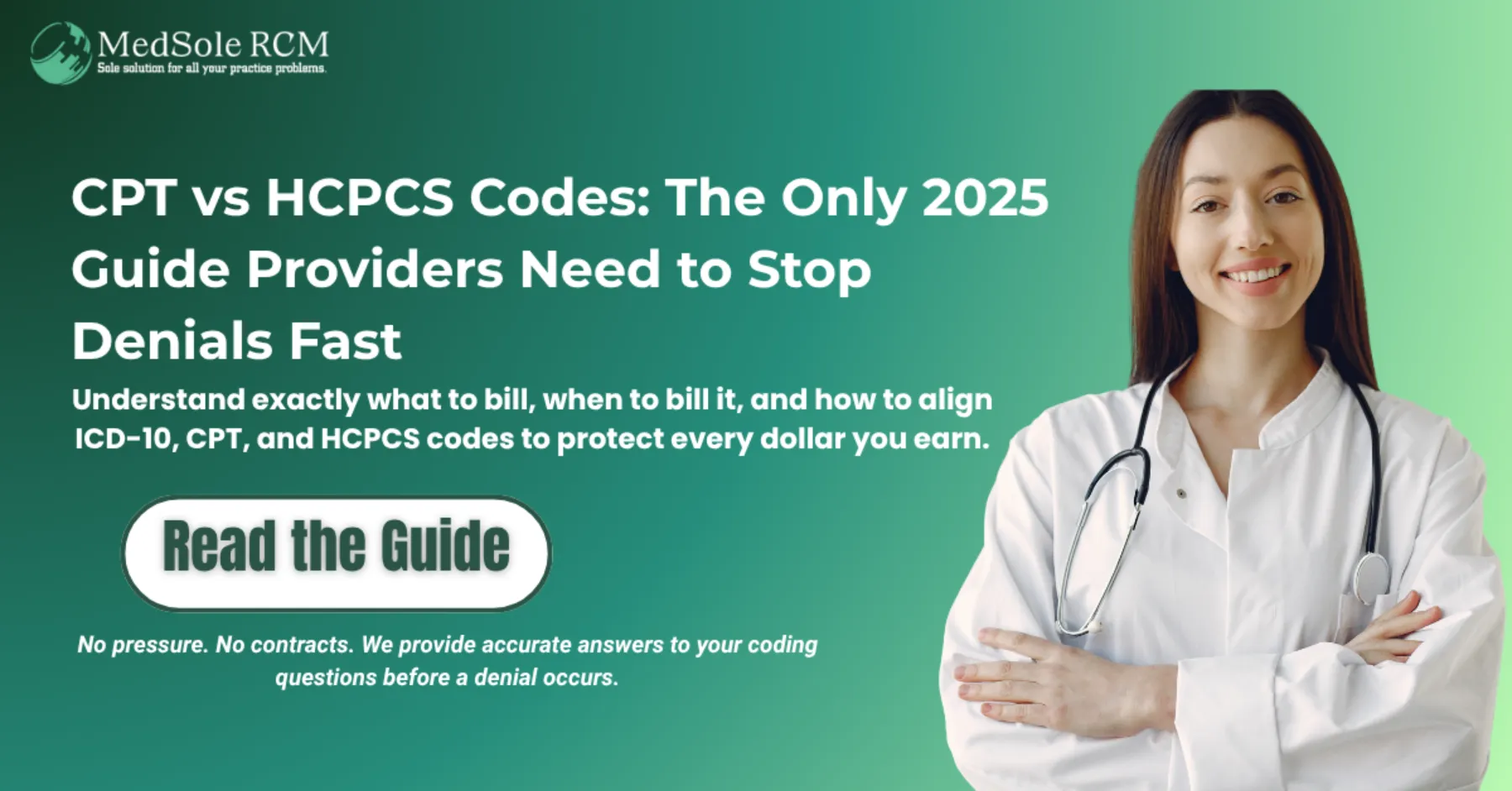
Posted By: Medsole RCM
Posted Date: Nov 05, 2025
Accurately understanding the difference between CPT and HCPCS codes is one of the most profitable skills a healthcare provider can learn. In real-world billing, denials rarely happen because the care was wrong—they happen because the claim story was incomplete. CPT tells payers what the provider did. HCPCS fills in everything used to support that service—braces, injections, supplies, DME, transportation, medication doses, and more. When both are aligned, claims glide through clearinghouses. When even one piece is missing, claims clog the revenue cycle with preventable reviews and denials. This guide gives providers a clear, confident framework to code correctly every time and protect reimbursement without adding extra work.
CPT and HCPCS codes often look interchangeable to new billers, but they function completely differently once a claim reaches a payer. CPT codes describe the clinical action—the exam, the procedure, the evaluation, the test, and the management decision. It’s the work the provider performed. HCPCS codes describe the resources that made that work possible—devices, supplies, medications, orthotics, injections, ambulance miles, and everything not captured in CPT.
When both appear together on a claim, payers see the full picture: the service performed (CPT) and the items used (HCPCS). If one part is missing, reimbursement becomes guesswork, leading to denials, audits, or downcoding. A CPT code without the needed HCPCS Level II drug code will cause a drug to be paid at $0. A brace billed under an incorrect code will be rejected outright. Precision here directly affects cash flow—and doing it right is easier than most practices think.
Providers don’t confuse CPT and HCPCS because they lack knowledge; they confuse them because the real world moves fast. On a full clinic day, you jump between E/M visits, injections, supply usage, medication administration, and DME recommendations. CPT captures the professional service, but HCPCS captures the “extra components” (supplies, drugs, equipment). When documentation moves quickly, it’s easy to assume CPT already covers these items. That small assumption is one of the greatest hidden revenue leaks in outpatient care.
Payers expect three things to align:
• The diagnosis (ICD-10)
• The provider service (CPT)
• The supporting resource (HCPCS)
When any of these are mismatched or incomplete in claim documentation, the entire reimbursement process slows down or gets flagged for review.
To fully understand the difference between CPT and HCPCS codes, think of HCPCS as the system that fills in everything CPT leaves out. HCPCS has two levels, and both matter for clean claims:
These codes are identical to CPT but used in federal program billing (Medicare/Medicaid).
Examples: 99213, 99214.
This is where the real complexity begins. Level II codes capture everything that supports patient care:
· Durable medical equipment
· Braces and orthotics
· Injectables
· Supplies
· Ambulance services
· Drugs with specific dosage increments
· Prosthetics and accessories
The absence of Level II codes is one of the primary reasons that CMS-1500 forms are returned unpaid.
For example, the HCPCS code for an ankle brace usually falls in the L1902–L1907 range, depending on brace design and documented medical need.
Additionally, always confirm the modifiers: RT/LT, NU/RR/UE, JW/JZ, and the unit counts. Wrong or missing modifiers often trigger bundling or NCCI edits.
CPT codes are the backbone of your clinical narrative. They show payers the work you performed and the complexity of the visit. CPT accuracy isn’t just about describing a service—it affects:
· Reimbursement level
· Audit risk
· Payer classification
· Visit legitimacy
· Medical necessity interpretation
Choosing between 99213 and 99214, selecting the correct procedural code, or using a supply-related code incorrectly (like CPT code A9270) can change reimbursement significantly. Payers don’t reimburse “close enough.” They reimburse what is documented, coded, supported by ICD-10, and placed correctly on the CMS-1500.
This category covers everyday medical services and procedures. This category serves as the foundation for reimbursement.
Performance and quality measures form the core of reimbursement. Not tied to payment, but helps track outcomes.
Emerging, innovative procedures and technologies. This category is beneficial for documenting work that has not yet gained widespread adoption.
CPT accuracy directly determines whether the claim reflects the true complexity of your work.
Here’s the simplest way to approach it in real billing:
· If you did it → CPT
· If you used it → HCPCS
CPT captures the professional action. HCPCS captures the supplies, drugs, DME, braces, or additional items.
Most denials come from forgetting the “what you used” portion.
For example:
• Office visit (CPT) + drug injection (HCPCS J-code)
• Evaluation (CPT) + knee brace (HCPCS L-code)
• Telehealth E/M (CPT) + DME recommendation (HCPCS E-code)
Some coding descriptions overlap, which is why HCPCS code vs CPT code confusion happens. But these two systems are not interchangeable, and mixing them costs providers thousands each month.
Office visit: CPT 99213
Medication: HCPCS J0135
→ Full reimbursement
Office visit: CPT only
→ Drug reimbursed at $0
Evaluation: CPT 99214
Brace: HCPCS L1812
→ Paid correctly
Brace is billed as a CPT supply.
→ Denial (HCPCS Level II required)
These scenarios happen daily—and fixing them immediately improves cash flow.
Here’s the cleanest workflow to prevent miscoding:
Service = CPT
Supply/Injection/Equipment = HCPCS Level II
Medicare always prioritizes HCPCS detail.
Commercial payers prefer CPT—but still require HCPCS for any drug/DME.
Specific beats general—especially Level II.
Each payer evaluates claim fields differently, but consistency in how you record and link codes dramatically reduces denials.
Ensuring all codes are entered in the correct format and order helps payers interpret services accurately and prevents unnecessary claim reviews.
Every clean claim in U.S. healthcare requires three code sets working in sync:
· ICD-10 = Why the patient needed care
· CPT = What the provider did.
· HCPCS = What else was used to support that care
The difference between CPT and HCPCS codes becomes financially meaningful when tied to ICD-10. If the diagnosis doesn’t support the CPT service—or the HCPCS drug/brace/supply isn’t linked correctly—the claim gets flagged.
Global periods, bundling rules, and payer-specific edits also matter. Before submitting any claim with both CPT and HCPCS, always verify bundling logic and modifiers. This precaution alone prevents 30–40% of denials.
Accuracy isn’t about memorising codes—it’s about using a stable, consistent mental checklist:
· Was something done? → CPT
· Was something used? → HCPCS
· Do ICD-10, CPT, and HCPCS align logically?
· Are modifiers and units correct?
· Does payer policy require Level II specificity?
· Are codes placed correctly on the CMS-1500?
Following this simple flow reduces errors more effectively than any software or audit process.
Even strong billing teams routinely make these errors:
Supplies and medications can’t be billed with CPT alone.
One missing J-code or L-code wipes out reimbursement.
Some CPT/HCPCS combinations violate NCCI edits.
HCPCS updates quarterly—expired codes trigger automatic denials.
Even valid codes can be denied if entered inconsistently or without the required linkage between ICD-10, CPT, and HCPCS.
RT/LT, NU/RR/UE, and JW/JZ—payers rely heavily on them.
Fixing these patterns improves both first-pass acceptance and revenue predictability.
Small coding slips quietly drain revenue long before anyone notices. A mislabeled supply code, one wrong CMS-1500 field, or misunderstanding the difference between CPT and HCPCS codes can reduce payments by hundreds per claim. Underpayments are even harder to detect than denials, especially when CPT is reported without the corresponding HCPCS Level II item.
Delays add up as well. Outdated codes and mismatched ICD-10 combinations slow your revenue cycle and create backlogs. High-performing practices always separate the provider service (CPT) from the supplies used (HCPCS), verify modifiers, and validate every claim before submission. When this discipline becomes routine, reimbursement becomes consistent and cash flow stabilizes.
Understanding the difference between CPT and HCPCS codes is more than just a compliance exercise; it is one of the most dependable methods to improve your revenue cycle without adding staff or software. When ICD-10 supports CPT, and CPT is accurately recorded while HCPCS Level II captures all items used by the provider, your claims will present a comprehensive and payer-friendly narrative. Clean claims expedite the process, minimize denials, maintain low audit rates, and ensure that the reimbursement accurately reflects the true value of the treatment you delivered. This clarity elevates coding from a guessing game to a dependable, productive financial engine.
Related Read: Most Common Mistakes in CMS-1500 Form — Learn how to complete your claim forms accurately to support the coding principles discussed above.
Our billing experts can show you exactly how payers want coding to operate, without getting in the way of your work. This will help you get cleaner claims, fewer denials, and more predictable reimbursements.
Before you send out your next claim, talk to a MedSole RCM specialist immediately to get some answers.
CPT specifies the service you provided (exam, procedure, or E/M). HCPCS collects the items utilized to support it (drugs, supplies, braces, DME, and transportation) so that payers get a complete picture.
ICD-10 is why (diagnosis), CPT is what you did (service), and HCPCS is what was used (items/support). Clean claims need all three to align with documentation.
Sometimes—only if notes support both intermediate repair (12011) and separate tissue adhesive (G0168). Many payers bundle; verify NCCI edits and payer policy before billing.
Yes—often expected. CPT reports the professional work, and HCPCS reports the supply/drug/equipment used; if documented and non-conflicting, billing both prevents underpayment.
Recent Blogs
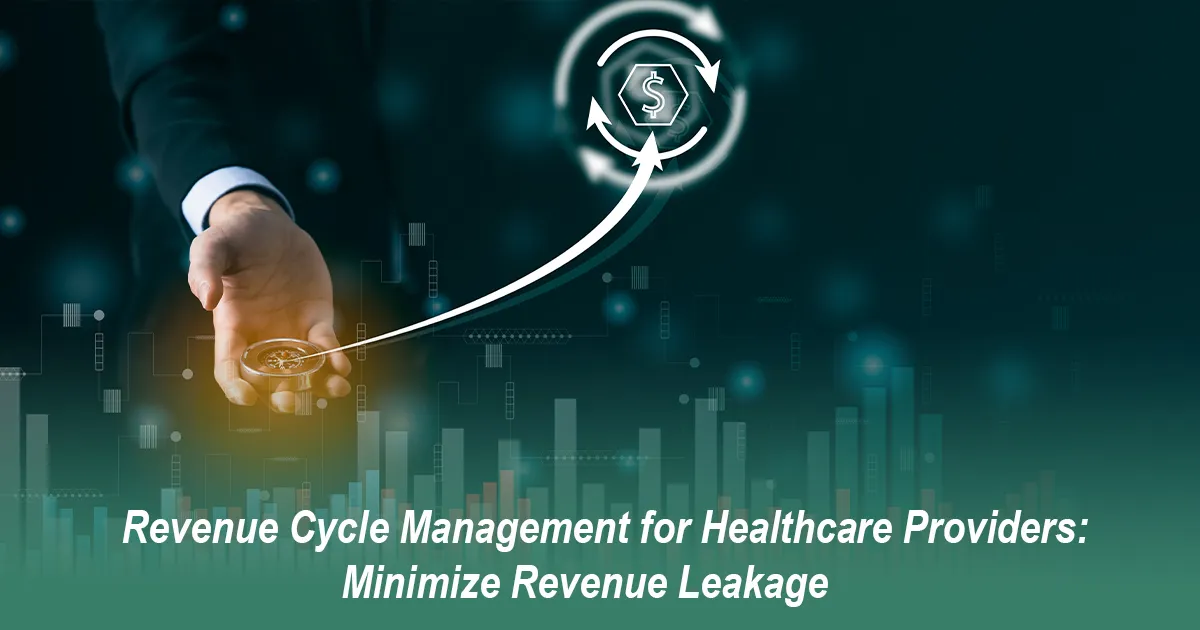
Posted Date: Jun 24, 2025

Posted Date: Jun 26, 2025

Posted Date: Jun 28, 2025

Posted Date: Jun 30, 2025

Posted Date: Jul 02, 2025
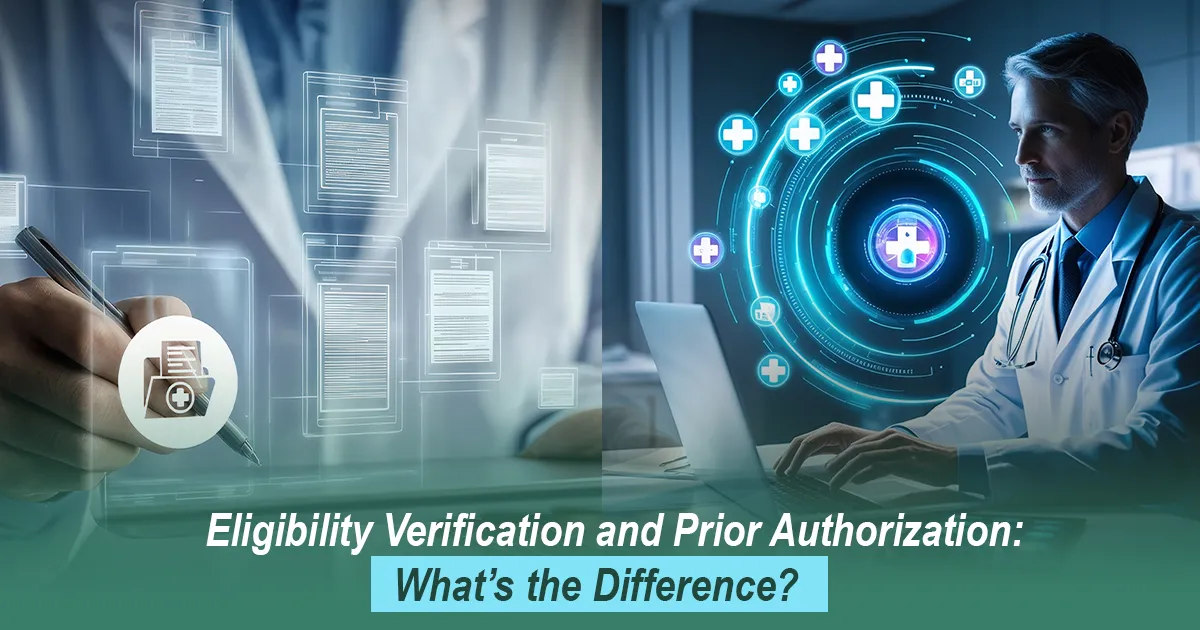
Posted Date: Jul 04, 2025
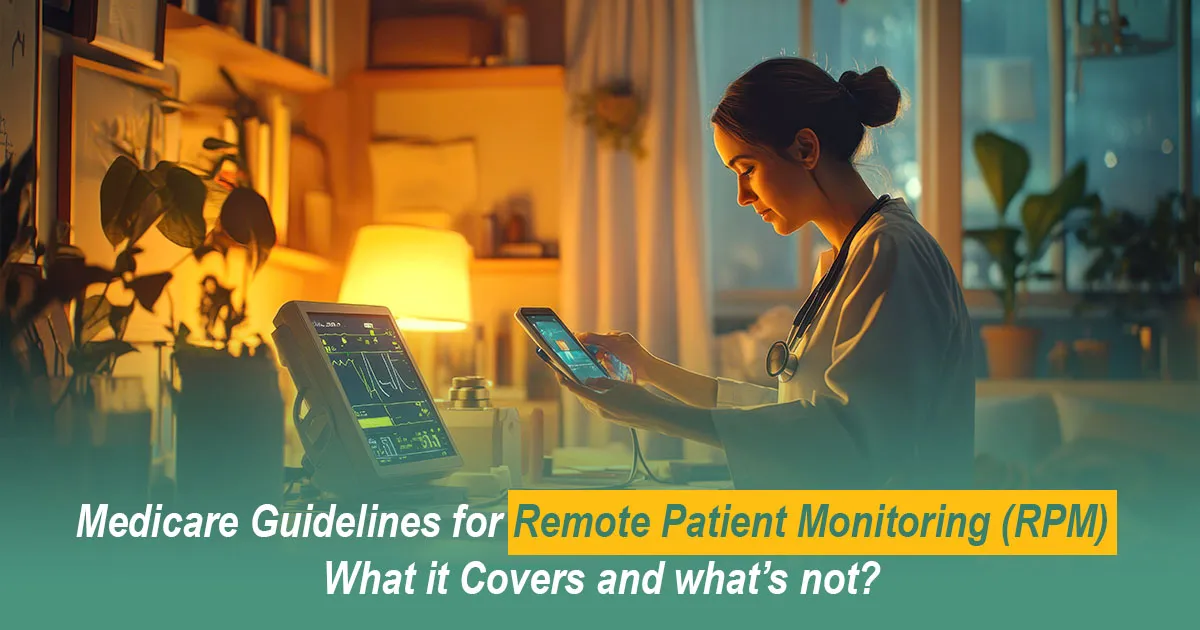
Posted Date: Jul 07, 2025

Posted Date: Jul 09, 2025

Posted Date: Jul 11, 2025

Posted Date: Jul 14, 2025

Posted Date: Jul 16, 2025

Posted Date: Jul 18, 2025

Posted Date: Jul 22, 2025

Posted Date: Jul 23, 2025

Posted Date: Jul 25, 2025

Posted Date: Jul 28, 2025

Posted Date: Aug 01, 2025

Posted Date: Aug 04, 2025

Posted Date: Aug 06, 2025

Posted Date: Aug 08, 2025

Posted Date: Aug 11, 2025
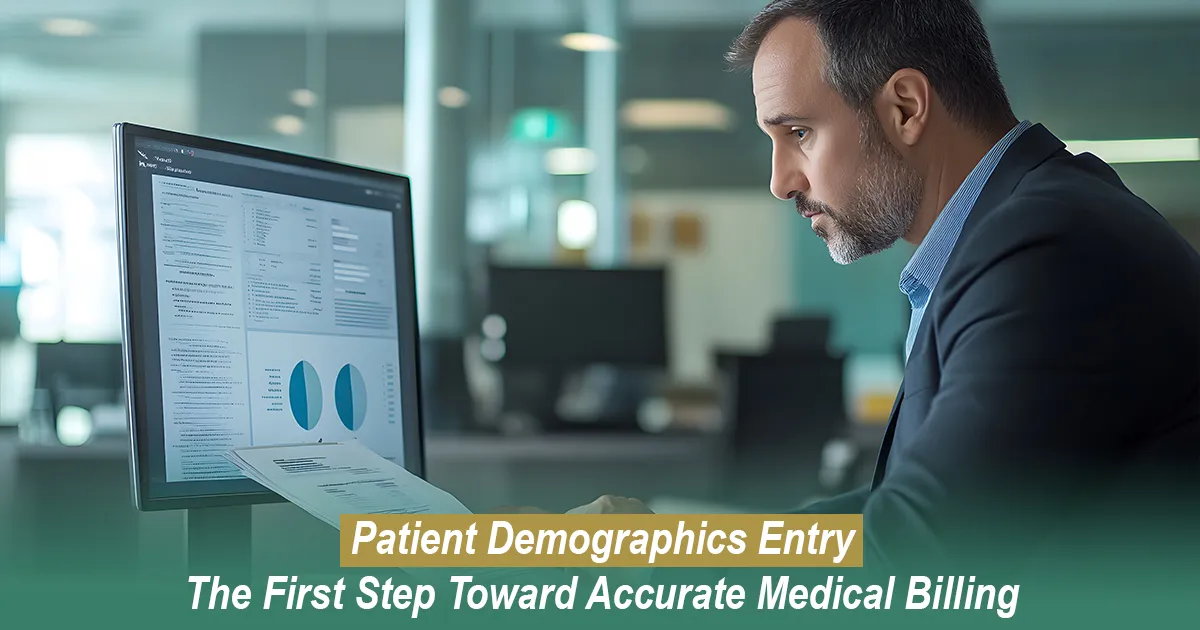
Posted Date: Aug 14, 2025
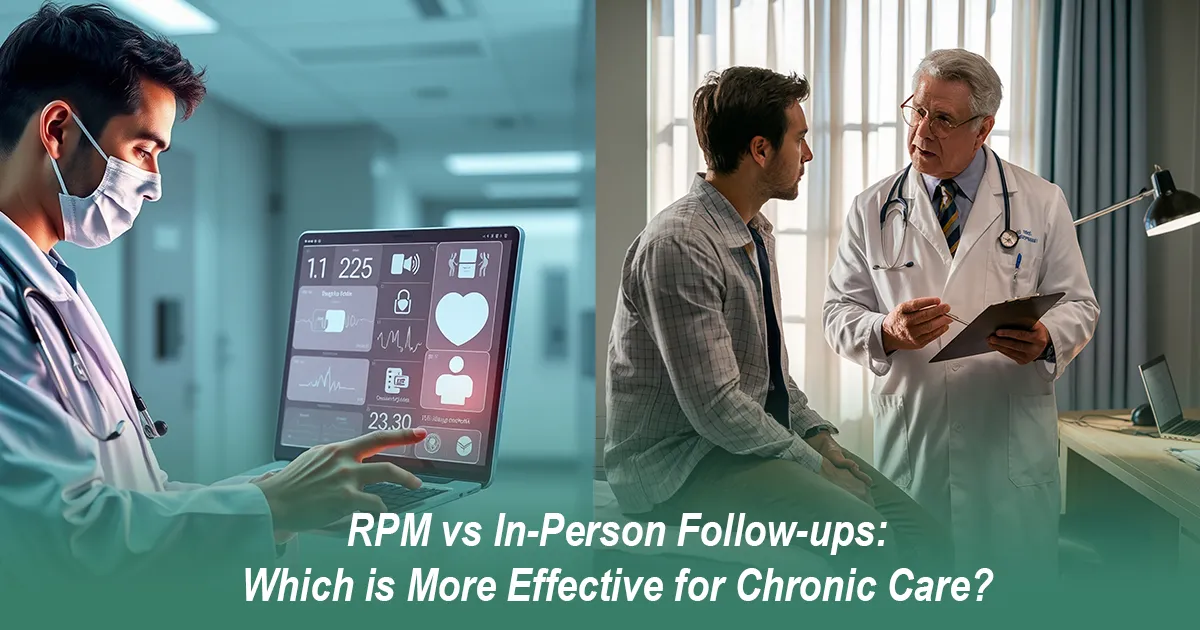
Posted Date: Aug 18, 2025
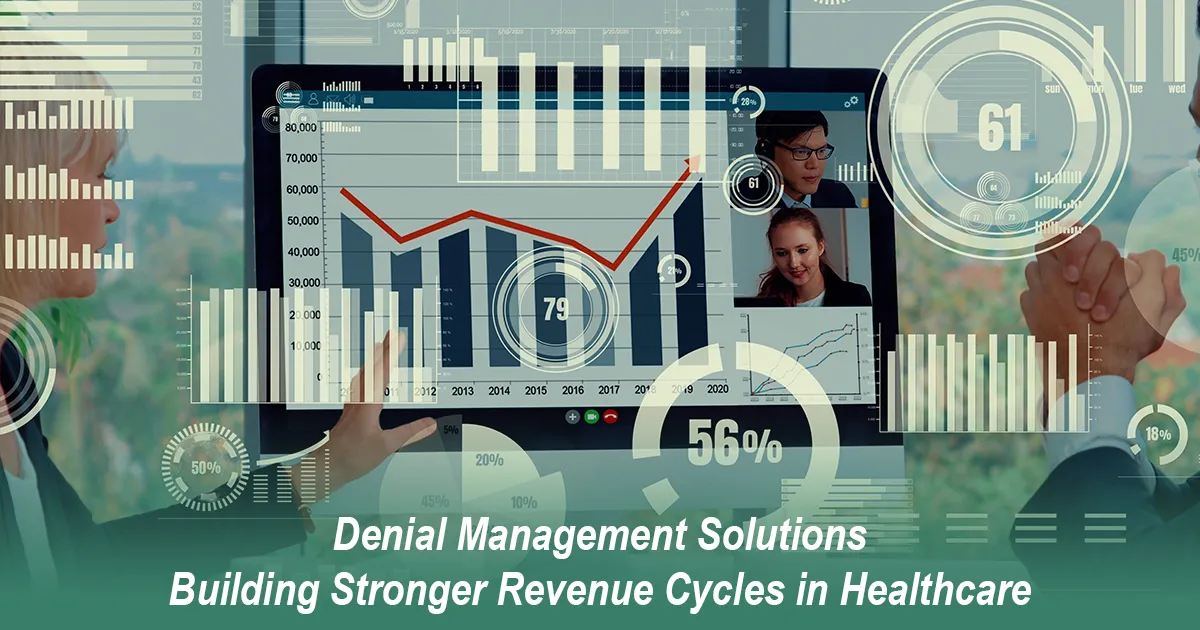
Posted Date: Aug 20, 2025

Posted Date: Aug 25, 2025

Posted Date: Aug 27, 2025
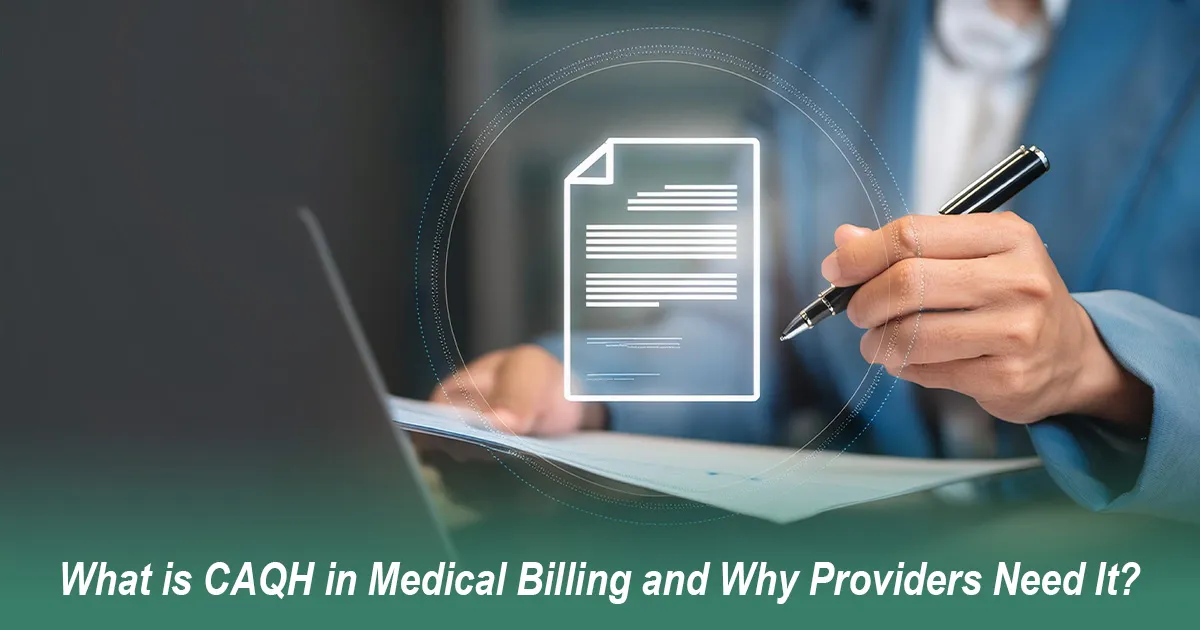
Posted Date: Aug 29, 2025
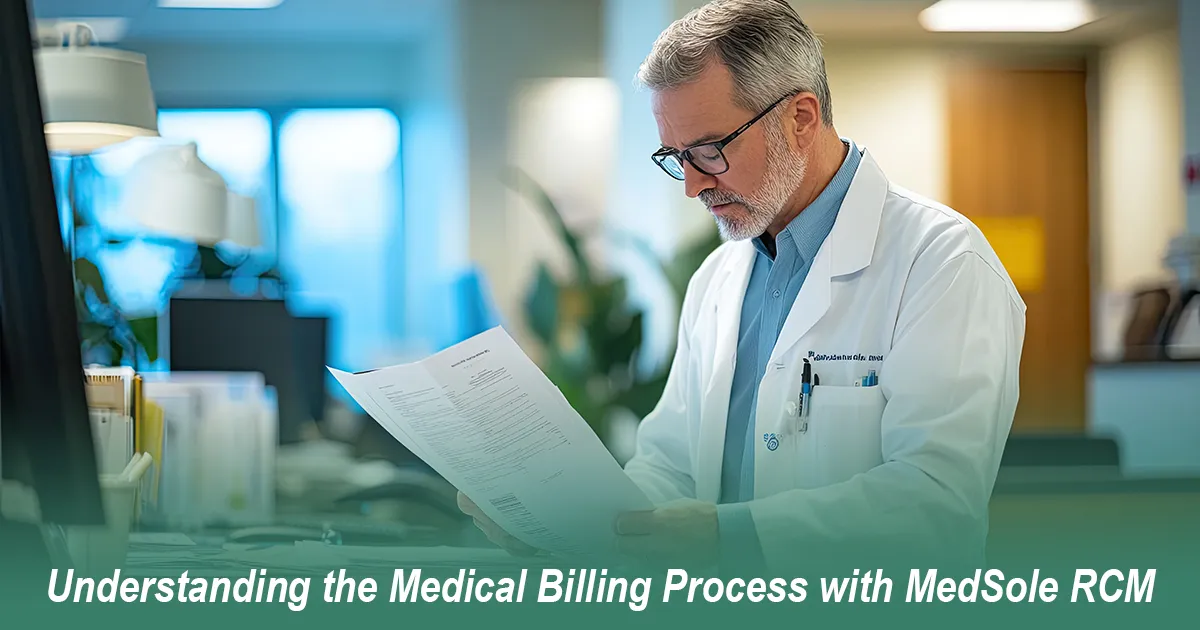
Posted Date: Sep 03, 2025

Posted Date: Sep 05, 2025

Posted Date: Sep 08, 2025

Posted Date: Sep 15, 2025
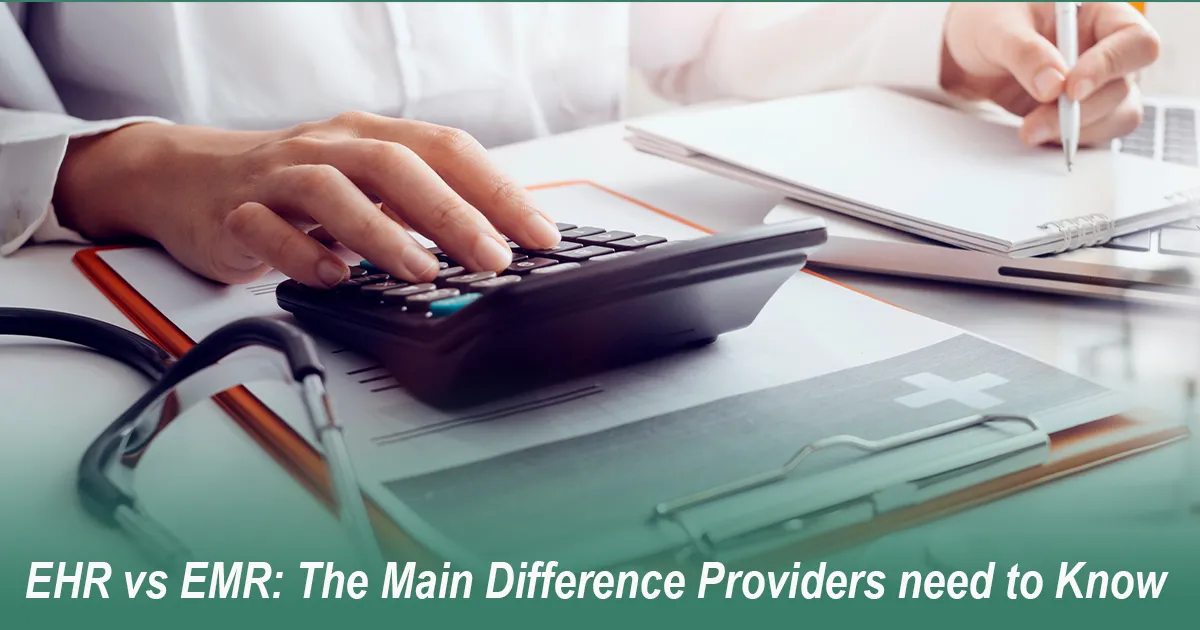
Posted Date: Sep 18, 2025

Posted Date: Sep 22, 2025

Posted Date: Sep 24, 2025

Posted Date: Sep 26, 2025
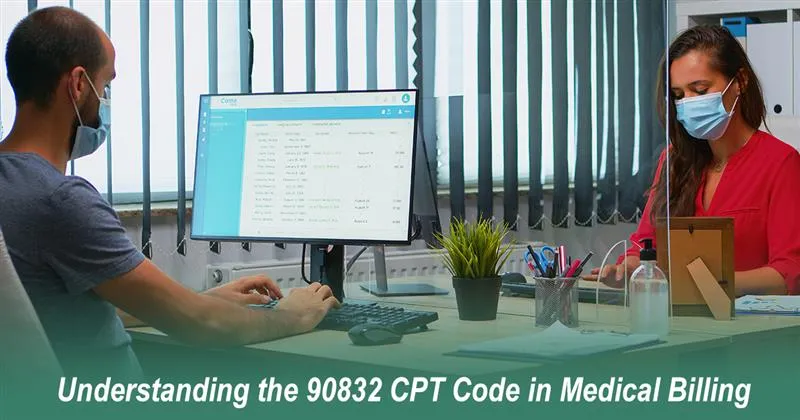
Posted Date: Sep 29, 2025

Posted Date: Oct 02, 2025
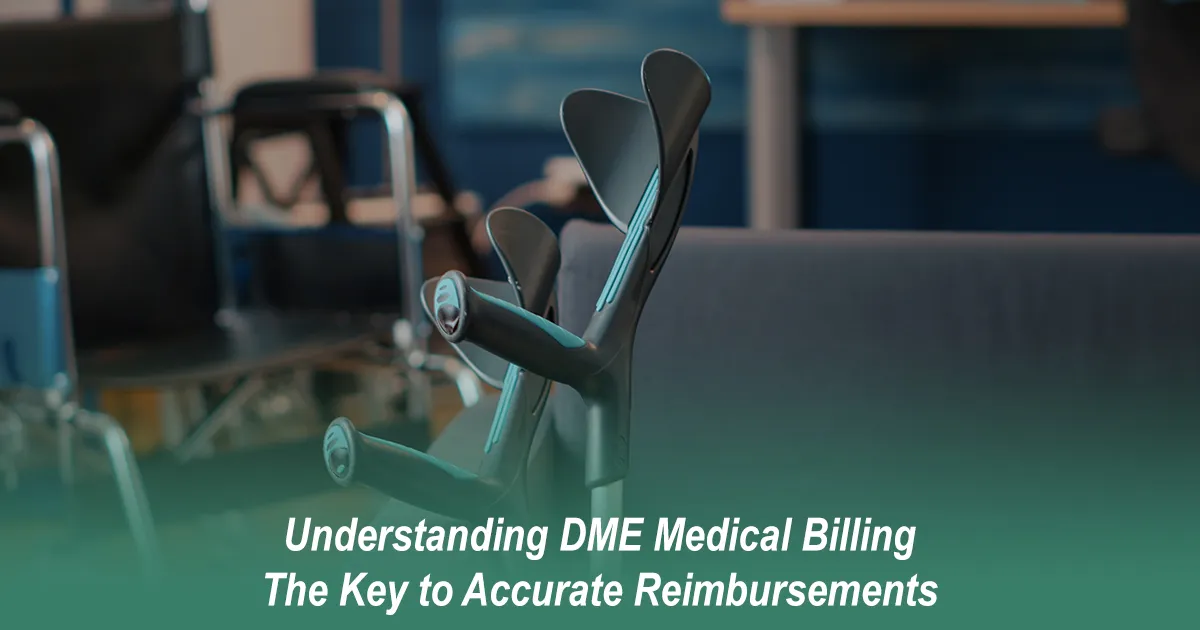
Posted Date: Oct 13, 2025

Posted Date: Oct 16, 2025

Posted Date: Oct 23, 2025
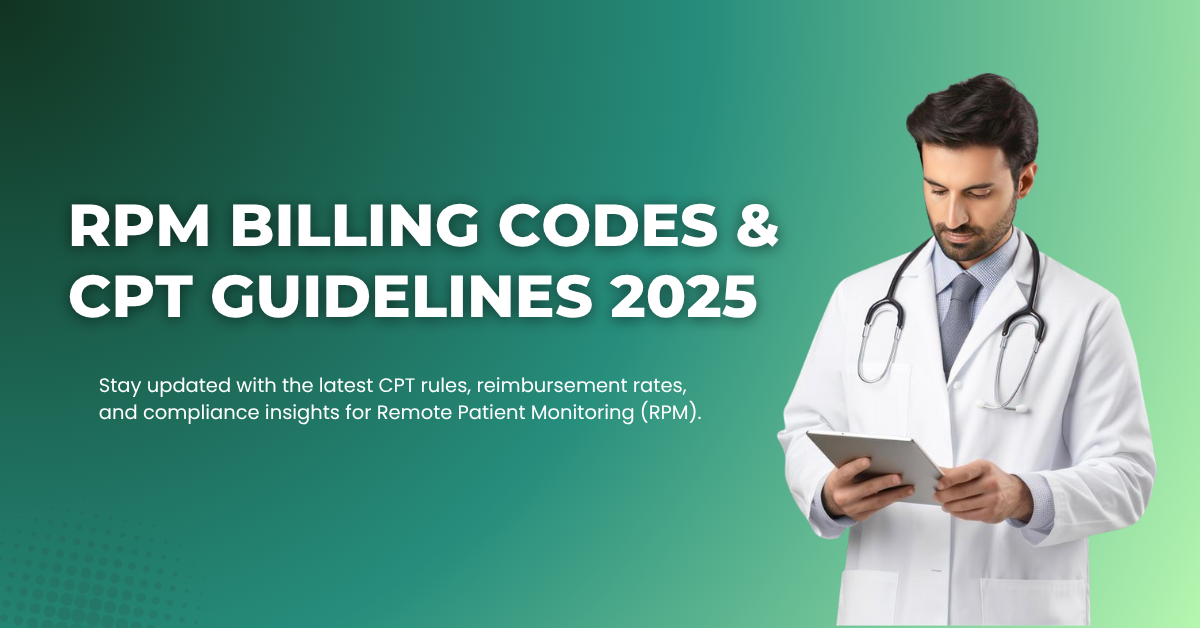
Posted Date: Oct 27, 2025

Posted Date: Oct 28, 2025

Posted Date: Oct 30, 2025

Posted Date: Oct 31, 2025

Posted Date: Nov 03, 2025

Posted Date: Nov 05, 2025
_11zon.webp)
Posted Date: Nov 11, 2025
.webp)
Posted Date: Nov 14, 2025